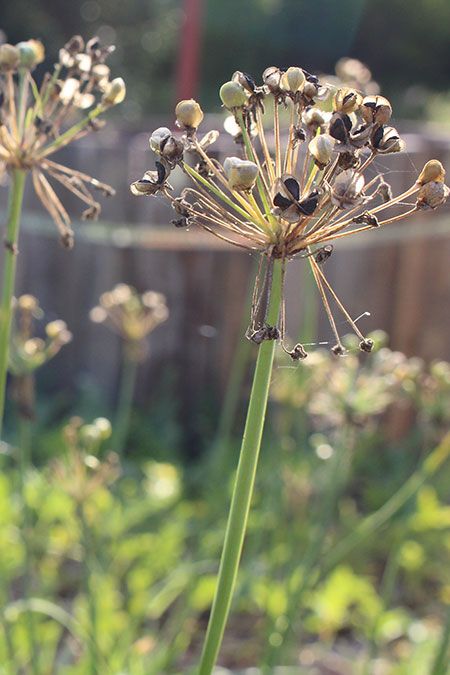Our current view of onions has been shaped by their effect on our tear ducts, their supposed similarity to ogres (Shrek: “We both have layers”), and their unfortunate ability to ward off possible mates via breath odor. However, ancient Egyptians once worshipped the modest onion for its concentric rings and spherical shape symbolizing eternal life, eaten in large quantities by ancient Greek Olympians to lighten the balance of their blood, and transformed by Native Americans onions into poultices, dyes, and syrups. Quite the heroic root!
A quick glimpse of the onion’s extensive health benefits should convert us all into onion-lovers. Phytochemicals improve the ability of Vitamin C to boost the body’s immunity, and chromium assists in blood sugar regulation. They also contain quercetin, a cancer-reducing compound, as well as other heart-healthy compounds that help reduce inflammation and heal infections. The best news? Now is the time to get some onions in the ground in your garden!
Onions are either bulbing or bunching. Bunching onions are also known as green onions and are grown more for their foliage than underground bulb. Onion seeds can be planted directly into the ground throughout October, while onion starts or sets should be planted October to early November. We recommend planting from sets rather than direct seeds due to their higher success rate. Plant the bulb part of the sets 1 inch deep, with 4 to 5 inches between each plant and in rows 12 to 18 inches apart. Since onions are a root vegetable, they need to be grown in raised beds or in mounded rows at least 6 inches high. Varieties that do well in Central Texas are: Bulbing – Contessa, Grano 1015Y, Red Burgundy, Southern Belle (red), White Bermuda; Bunching/Green – Evergreen White, Green Banner.
Healthy onions require rich, well-drained soil that is covered in a layer of soft mulch. Bulbing onion stalks tend to look healthy even if under-watered. However, if the plants are too dry, they will develop stunted bulbs, so be sure to water during drought conditions; 1 inch per week is sufficient. Also be sure to cut or pull any onions that start to flower – onions are biennial plants, so this should only happen after two years, but extreme conditions can trigger bolting.
Harvest bulbing onions 100+ days after planting and bunching onions after about 65 days. When onions mature, their tops will become yellow and begin to fall off. When this occurs, you can bend the tops down to speed up the final ripening process. Loosening the soil will also encourage drying, which is necessary for successful storage. After harvesting your onions, let them cure on dry ground, being careful not to bruise the sensitive flesh, and allow them to dry for several weeks before storing. Onions should be stored at a dry, 40-50 degrees F in braids or with the stems broken off.
When cutting onions, you can reduce tearing and crying by leaving the root intact when you peel off the outer layers because the root has the highest concentration of sulphuric compounds that make you cry when cutting. Caramelized onions compliment just about anything from omelets to pizza. They are called “caramelized” onions because through the slow process of cooking, the sugars become caramelized and transform the onion slices into powerhouses of sweetness and flavor. You can make a batch and then store in the refrigerator for up to a week to have on hand to add to your dishes.
CARAMELIZED ONIONS
Ingredients
- 2 lbs. onions (any kind)
- 3 Tbsp. butter or olive oil, or a mixture
- Salt and pepper to taste
Directions
Slice onions into ¼ to 1/3 inches. (If they are not cut thinly enough, they won’t cook down fast enough and if they are too thin, they will nearly dissolve.)
Heat the butter/oil in a deep skillet or sauté pan over medium-high heat. Add the onions. Stir to coat in the butter or oil and cook. Stir every five minutes or so.
A lot of moisture will be released during the first 20 minutes or so of cooking them. After 20 minutes, lower the heat and continue cooking, stirring often, until the onions are golden. The cooking will take nearly an hour in all.
Season with salt and pepper.
Ideas for uses:
-Use as a pizza topping
-Use as a vegetable in a frittata
-Sprinkle warm caramelized onions on top of roasted vegetables
-Make a caramelized onion and cheese panini, or grilled cheese

